“Any movement is better than none.”
Not so fast.
Getting a run in by any means necessary is better than nothing, right?
We’re in a rush to do everything these days, and being in a rush might seem like a good idea until you’re in a rush to the hospital because you herniated a disc moving a friend’s couch. Maybe it went like this: your knees were screaming at you recently, but you had to get your hour run in daily, and you had to sit upwards of eight hours a day, not staying hydrated, no pre/post workout mobility or warm up.
So your hips were in a bad position all day, followed by a grueling run for an hour before you went home. Everything hurts before the run, and even more so after, but it must be done. No pain no gain, right? Because your hips and everything downstream was jacked, when you went to help your friend move the couch POW SNAP KABLAM...there goes your back. But I thought it was just my hips and my knees from running, why is it my back that’s injured? It’s all connected folks.
Attention is like a reservoir - you've likely sapped it on the majority of the day spent at work, talking with co workers, navigating the hotbed of technological enthusiasts found in the Bay Area, dealing with life and it's infinite complexities, pondering the cosmos, and avoiding hipsters (even though you know deep down...you're a hipster...come on!). But like a muscle, attention can be worked, and it is in all of our best interests to pay more attention to the things that are important to us. Like health and longevity, right? If running (feel free to swap in ‘health’ or ‘fitness’ here too) is important to you, here are some important pieces to think about when it comes to running.
Are you drinking enough water? You’re probably sick of hearing this one, but it’s an important piece to be sure of before you go work up a sweat.
How many hours are you sitting a day? Sitting for extended periods of time, week after week, month after month, wrecks your body. Even if you are active 1-2 hours a day in the gym. Stay moving, you’re an athlete around the clock, not just when you come in here.
What kind of pre/post running mobility do you do? You have 5-10 minutes before every workout to do some stretching, smashing, joint distraction. Do something! If you have an hour to workout, you have an extra 5-10 minutes to do mobility, no excuses.
What kind of shoes do you have? There is a growing body of research around the effects that thick soles have on the foot. Basically a plastic ‘cast’ around your ankle. Limiting ankle range of motion and foot strength...and we wonder why we developed heel striking as a running technique? It's because of those super thick shoes you're wearing. It might be worth transitioning SLOWLY to a shoe with a thinner sole. Over time, your feet will get stronger and subsequently help some of that twingey unpleasantness upstream that might have been settling in your joints for some time.
Pay attention to how your feet, ankles, knees, hips, torso move when you start to run. Are you heel striking (planting with your heel first)? This has been shown to force the knee to absorb more impact versus forefoot running, which allows the ankle to absorb the impact. If your knees are already bugging you, think of practicing more forefoot running.
Are your feet turned too far in/out? How about your sprint? Neutral spine when you move, or flat back? You remember hearing this in class almost daily. Working on keeping neutral feet is equally as important. Try this right now, get your feet pointed straight ahead, put them together, now squat ass to grass keeping your heels on the floor. Can you do it? Did you fall over? Keeping your foot pointed straight ahead while running is synonymous with keeping a flat back with workout. Excessive ‘duck feet’ or feet pointed out can pull off how things align upstream (from ankle to tibia to femur to hip capsule). Now just imagine sparks every time you make a thunderous strike to the floor while you run with your feet turned way out. Ouchies.
As always, keep it together, or come talk to me. Big hugs folks.
Seriously...we know a thing or two about getting run ready. Come chat!
-Coach Alex
Want to geek out some more?
- If you’re curious to know more about these pieces, I’d recommend Kelly Starrett’s Ready to Run and Becoming a Supple Leopard; they are great resources for anyone that wants to dive all the way in and learn everything about running.
- Not sure if you’re well hydrated? Click here to see how to apply the “skin pinch test” to measure hydration.
- Don’t believe me about sitting? Scope this Runner’s World article.
- Check out this video for tips on mobility recovery for running. Or check out our mobility classes every Saturday, including our mobility for runners class happening this Saturday, May 21st.
- Not sure if you need to invest in some new shoes? Give Runblogger’s post a look over.
- Dig into the nitty gritty of running form from Harvard’s Biomechanics of foot strikes to Newton Running’s video on forefoot running. (note: the shoes in this video look a little too thick for what I’ve read are good shoes. See Runblogger’s post about minimalist shoes above)
- Lastly, feast your eye on this slow motion sprint to help you gauge good form.


